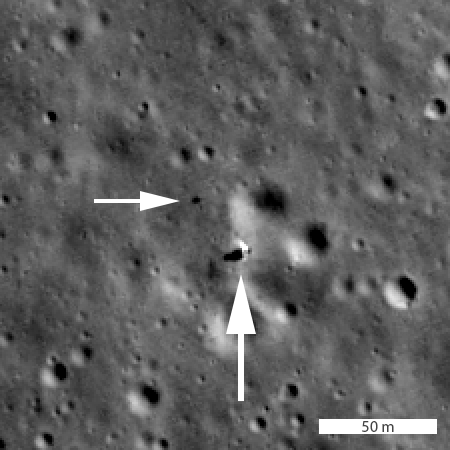Telescope store sues Asian telescope manufacturers for fixing prices
A San Francisco store that sells telescopes to the public is suing two Asian telescope manufacturers — who make almost all recreational telescopes sold in the U.S. — for conspiring together to fix prices and create that monopoly.
Orion Telescopes and Binoculars, which is headquartered in Watsonville and has stores there and in Cupertino, is seeking more than $180 million in damages in a lawsuit. A federal court in Northern California said the complaint against telescope maker Ningbo Sunny, filed in 2016, can go to trial. A subsidiary of Ningbo Sunny, a Chinese company, bought Irvine telescope maker Meade Instruments in 2013.
In the complaint, Orion alleges that Ningbo Sunny and a Taiwanese telescope manufacturer, Synta Technology, shared confidential information that competitors normally would not share, including product pricing, order forecasts and credit arrangements.
My question is this: Why are no American telescope manufacturers competing in this market? Are our labor costs too high? Our government regulations too restrictive? A little bit of competition could easily end this collusion by these Asian manufacturers, assuming it is happening.
A San Francisco store that sells telescopes to the public is suing two Asian telescope manufacturers — who make almost all recreational telescopes sold in the U.S. — for conspiring together to fix prices and create that monopoly.
Orion Telescopes and Binoculars, which is headquartered in Watsonville and has stores there and in Cupertino, is seeking more than $180 million in damages in a lawsuit. A federal court in Northern California said the complaint against telescope maker Ningbo Sunny, filed in 2016, can go to trial. A subsidiary of Ningbo Sunny, a Chinese company, bought Irvine telescope maker Meade Instruments in 2013.
In the complaint, Orion alleges that Ningbo Sunny and a Taiwanese telescope manufacturer, Synta Technology, shared confidential information that competitors normally would not share, including product pricing, order forecasts and credit arrangements.
My question is this: Why are no American telescope manufacturers competing in this market? Are our labor costs too high? Our government regulations too restrictive? A little bit of competition could easily end this collusion by these Asian manufacturers, assuming it is happening.





